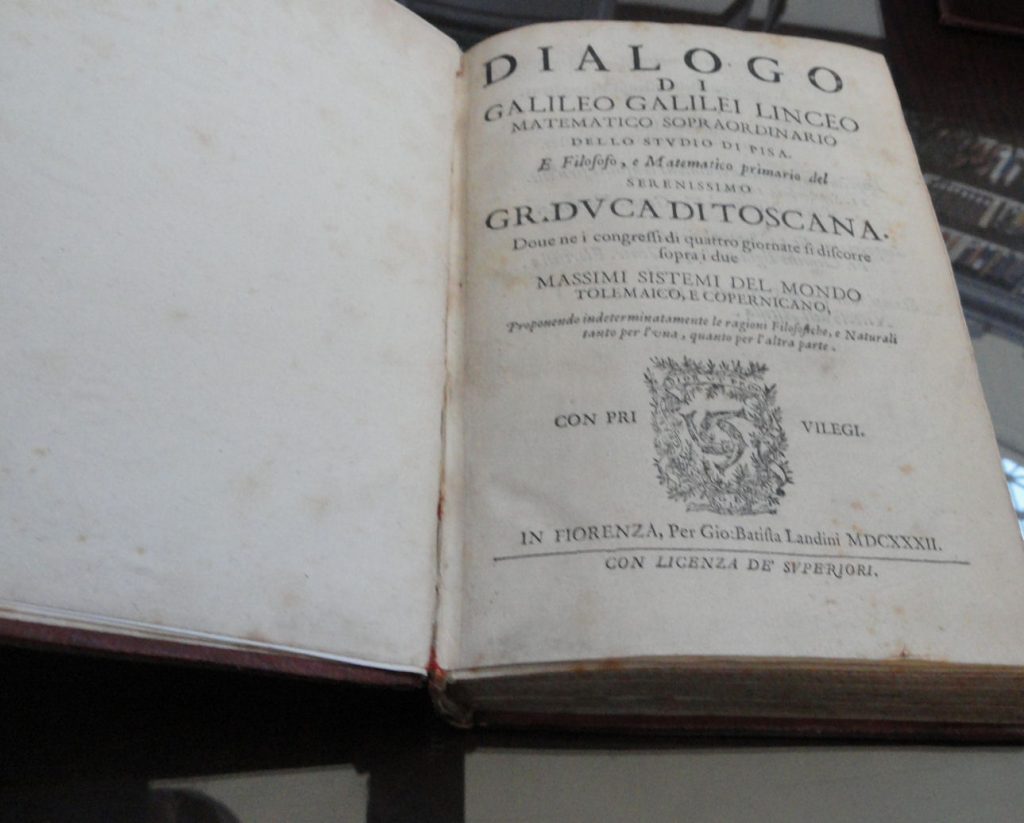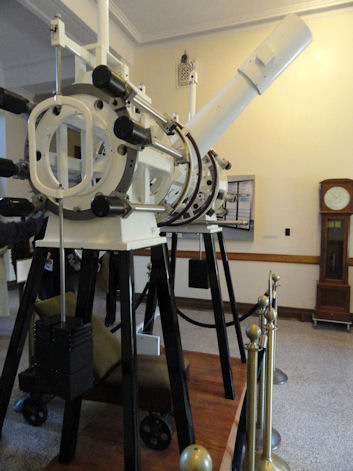
Our Brazilian friends and I went to Micron in Manassas near Washington to give them an idea about how high tech firms are integrated into a well-functioning educational community. Micron makes computer memory. This is a very complex business with a heavy capital investment and a lot of R&D. The Micron people told us that they absolutely require three things: uninterrupted electrical power, an abundant water supply and an educated workforce. None of these things are as easy to get as they would first appear.
Uninterrupted power means exactly that. Even a little hiccup in power can cost thousands of dollars when the very expensive processes are interrupted. I am not exactly sure how water is used in making chips, but it evidently is a large part of the production. The educated labor force is a little surprising. There are not many people working at Micron. It would seem to me that you could import the relatively few people needed. The Micron folks explained that they were really talking about a kind of social ecosystem and a strong social ecosystem requires educated workforces in various businesses that support Micron in direct and indirect ways, as well as a diverse population that brings a variety of ideas.
Somebody questioned this idea, pointing out that Micron was headquartered in Boise, Idaho, hardly a big or diverse metro area. Our hosts admitted that this seemed to be an exception to the rule. They also explained how Micron came to be located in Idaho in the first place. It was a semi-random event. A rich guy called JR Simplot provided the start-up capital for Micron. Simplot made a fortune pioneering the production of frozen French fries and then made his fortune bigger by becoming the supplier to McDonalds.
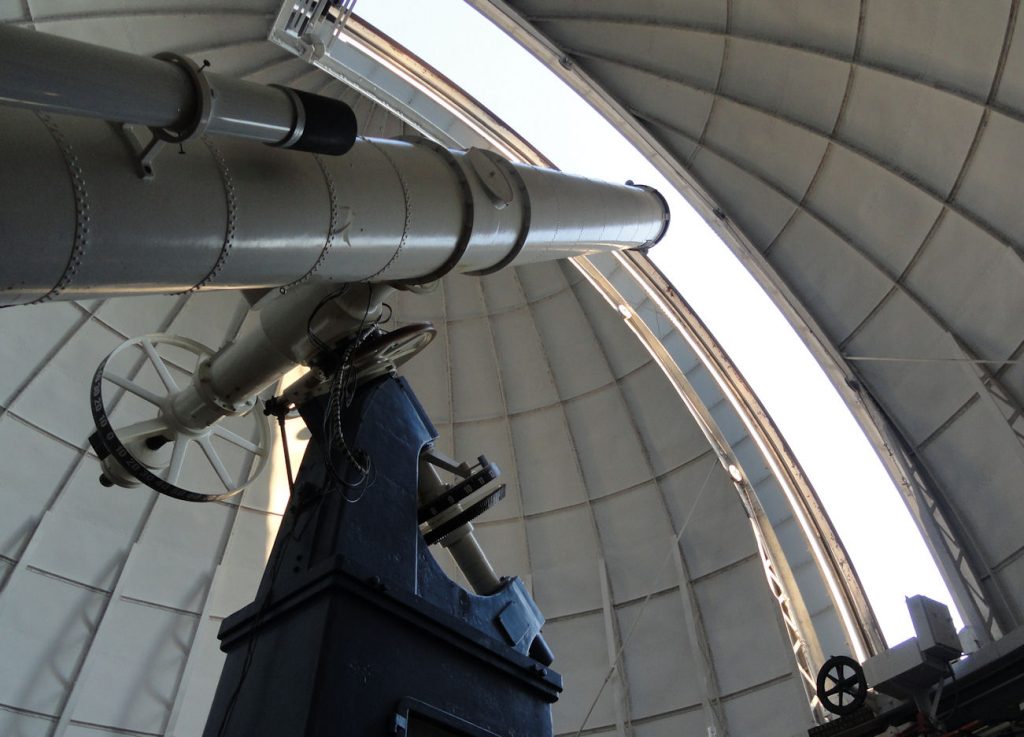
Micron spends a lot of time and money trying to shrink the size of the memory it makes. This won’t be possible very much longer with the technologies and materials available. Some of the processors are currently only twenty atoms wide. That is 20 atoms. Think how small that is. They probably cannot shrink down to the subatomic level, so researchers are looking for alternatives to the flat silicon materials. This is the current holy grain and Micron is helping fund research at Virginia universities in search of it.
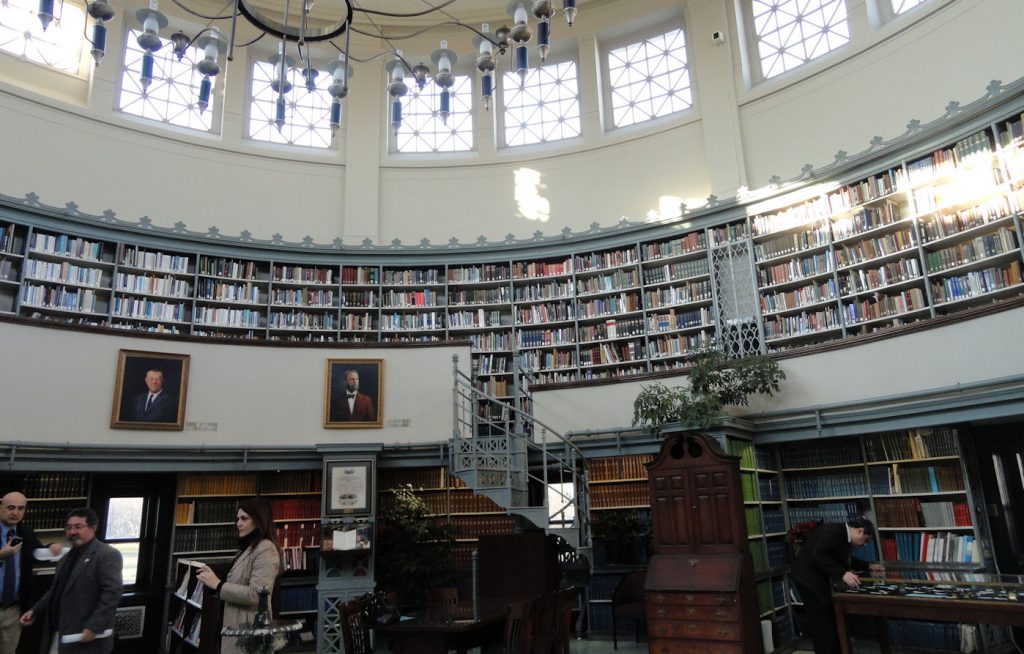
Later that day we went to the Naval Observatory. This is where my pictures came from. We could not take pictures in Micron so as not to potentially compromise proprietory information.
The main duty of the Naval Observatory use to be to keep perfect time and write almanacs for navigation. The device up top used to keep track of the changes in the earth’s rotation. The earth does not rotate at exactly the same time. There are a few seconds difference. Scientist are not sure why.
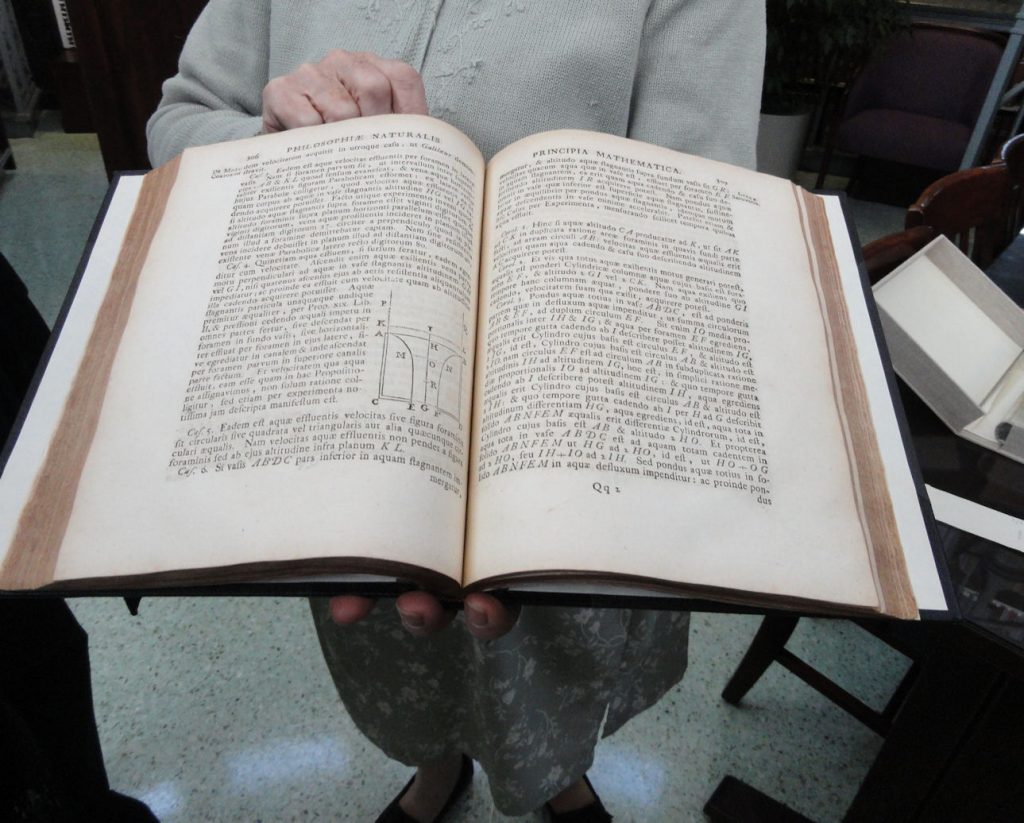
The Observatory has an interesting library. You can see it in the picture. It has some race books, including copies of Newton’s “Principia” (pictured) as well as Galileo and Copernicus.

